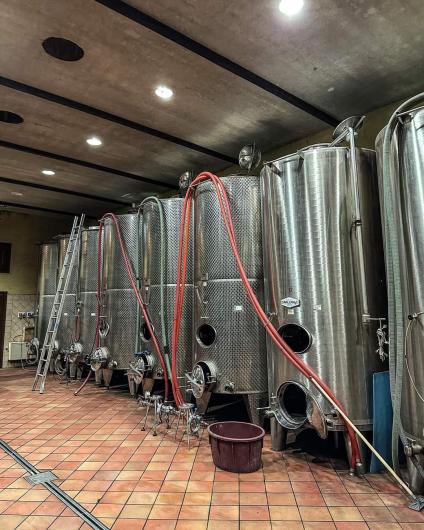Pecchenino Barolo Le Coste di Monforte

Wine Description
Le Coste di Monforte is in the southern-most area of the Monforte d’Alba commune and these single vineyard wines are a rarity in the US. The sandy Sant’Agata Fossili Marls in this Cru result in wines that have beautiful intensity and structure. The 4-acre vineyard is south and southeast facing and comprised of vines that are over 20 years old and yield below 1kg per vine.
 Acclaim
Acclaim
 Vineyard & Production Info
Vineyard & Production Info
 Winemaking & Aging
Winemaking & Aging
 Analytical Data
Analytical Data
 Wine Production
Wine Production
The Barolo Le Coste di Monforte is vineyard is 45 years old, stands at an altitude of 440 metres and faces south-east. The soil is of medium texture with whitish marls. Fermentation lasts about 3 weeks and is carried out in steel tanks at a controlled temperature of 27°C. The skins remain in contact with the wine during post-fermentation maceration, using the ancient submerged cap method, for a further 4 weeks. After racking, the wine remains in stainless steel for malolactic fermentation and is then racked into barrels.
Ageing: about 24 months in 25 hl oak casks and 12 months in cement tanks.








